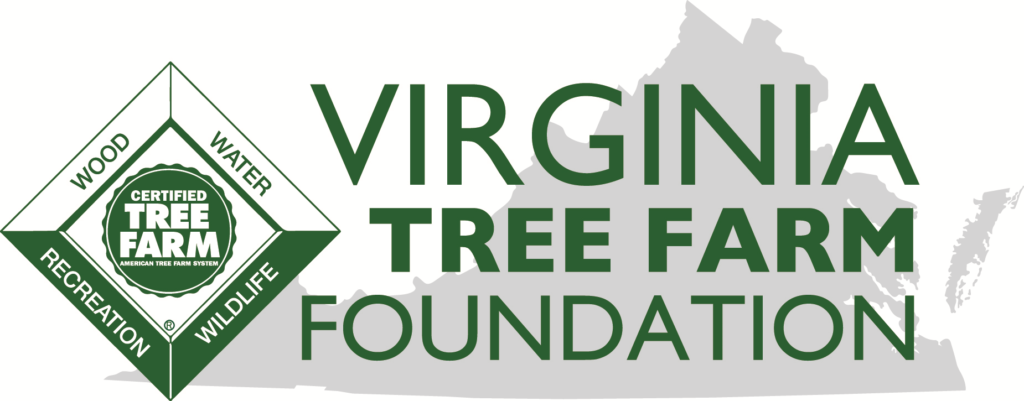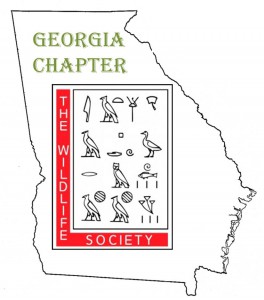Wiregrass Ecological Associates (WEA) and Southern Forestry Consultants (SFC) staff were in Charlottesville, Virginia earlier this month to lead the initial stakeholder meeting for the Virginia Landscape Management Plan (LMP). The goal of this kickoff meeting was to present the general plans for Virginia’s LMP and to garner input from the stakeholders regarding elements and objectives unique to Virginia. Stefan Bourgoin (Senior Ecologist and Project Manager) and Austin Carroll (WEA President and SFC Partner) were on hand to introduce the preliminary LMP format to the group. The meeting was held at the Virginia Department of Forestry headquarters in Charlottesville. Virginia Tree Farm President John Matel hosted the event and has been instrumental in early stages of development for the Virginia LMP. The diverse group of attendees represented stakeholders from various national and state organizations, including the Virginia Department of Forestry, F & W Forestry, Franklin Lumber, Westrock, Huber Engineered Woods, Enviva Biomass, James River Association, United States Fish and Wildlife Service, Weyerhaeuser, and the Virginia Tree Farm Committee. Virginia is one of multiple states for which SFC and WEA are currently developing LMPs including Florida, Arkansas, Louisiana, Georgia, Tennessee, and South Carolina.
The meeting was held at the Virginia Department of Forestry headquarters in Charlottesville. Virginia Tree Farm President John Matel hosted the event and has been instrumental in early stages of development for the Virginia LMP. The diverse group of attendees represented stakeholders from various national and state organizations, including the Virginia Department of Forestry, F & W Forestry, Franklin Lumber, Westrock, Huber Engineered Woods, Enviva Biomass, James River Association, United States Fish and Wildlife Service, Weyerhaeuser, and the Virginia Tree Farm Committee. Virginia is one of multiple states for which SFC and WEA are currently developing LMPs including Florida, Arkansas, Louisiana, Georgia, Tennessee, and South Carolina.
This LMP is a document produced through the American Forest Foundation (AFF) geared toward increasing landowner engagement in the American Tree Farm System (ATFS) and the Forest Stewardship Program (FSP). Streamlining the process for landowners to meet with a forester and enroll their property in ATFS is essential in conserving, protecting, and harvesting timber land throughout Virginia. The LMP provides comprehensive details on various ecological and silvicultural topics (ecoregions, state forest types, landowner objectives, landscape objectives, conservation incentives, etc.) to give landowners options for managing their land within the ATFS guidelines and FSP standards.


 Following the destruction, all indications are that birds within these populations came through this catastrophic event in pretty good shape and had a successful nesting season this previous Spring. Other species impacted by the disaster include the Reticulated Flatwoods Salamander (RFS) and Gopher Tortoise, which typically reside in components of the same pine woodland homes as the RCW. While it is too early to tell what the long-term impacts will be for these species, we don’t expect any adverse impacts to gopher tortoises. However, several RFS breeding ponds were inundated with saltwater from the storm surge, which may have impacted the salamander breeding season. Mr. McGlincy is a long-time member, a TWS Certified Wildlife Biologist, and has served on numerous TWS committees, most recently the Editorial Advisory Board for the Wildlife Professional, a bi-monthly publication of TWS.
Following the destruction, all indications are that birds within these populations came through this catastrophic event in pretty good shape and had a successful nesting season this previous Spring. Other species impacted by the disaster include the Reticulated Flatwoods Salamander (RFS) and Gopher Tortoise, which typically reside in components of the same pine woodland homes as the RCW. While it is too early to tell what the long-term impacts will be for these species, we don’t expect any adverse impacts to gopher tortoises. However, several RFS breeding ponds were inundated with saltwater from the storm surge, which may have impacted the salamander breeding season. Mr. McGlincy is a long-time member, a TWS Certified Wildlife Biologist, and has served on numerous TWS committees, most recently the Editorial Advisory Board for the Wildlife Professional, a bi-monthly publication of TWS. Michael Dooner, founder and President of
Michael Dooner, founder and President of